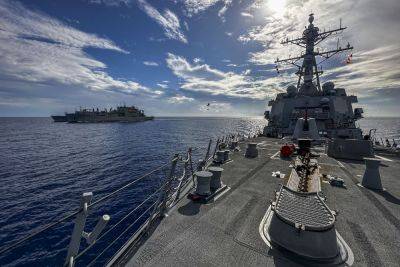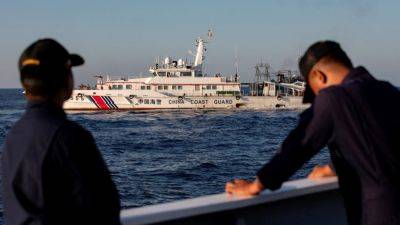China-Philippines retreat, for now, from Sabina Shoal row
MANILA – The Philippines and China have effectively ended a recent standoff over the Sabina Shoal in the South China Sea, marking at least a temporary de-escalation in maritime tensions many fear could tilt toward armed conflict.
The National Maritime Council, the newly established interagency task force overseeing the Philippines’ South China Sea policy, announced on September 15 that the Philippine Coast Guard flagship BRP Teresa Magbanua was leaving the shoal area after a grueling five-month-long mission.
Shortly after, China reportedly also withdrew its armada of coast guard and militia forces from the contested land feature’s area in the Spratly group of islands.
According to Philippine officials, China had parked more than 200 vessels – a combined force composed of Chinese Coast Guard (CCC) and Chinese maritime militia (CMM) – in the Spratlys, with as many as 71 deployed close to the Sabina Shoal.
Critics of the Philippine government were quick to characterize the vessel’s withdrawal as a de facto “surrender” while opining how China had supposedly “outsmarted” the Ferdinand Marcos Jr. administration through its pressure tactics.
The Philippine government has insisted that the move was not part of any deal with China, even as it took place shortly after the latest Bilateral Consultation Mechanism (BCM) meeting between top Philippine and Chinese diplomats in Beijing.
Top Philippine officials have underscored their commitment to a continued and expanded presence in the Sabina Shoal area, including through the regular deployment of naval assets and patrol warships.
NMC chairperson Lucas Bersamin said the BRP Teresa Magbanua completed its mission “against overwhelming odds” faced with “an encirclement of China’s larger







